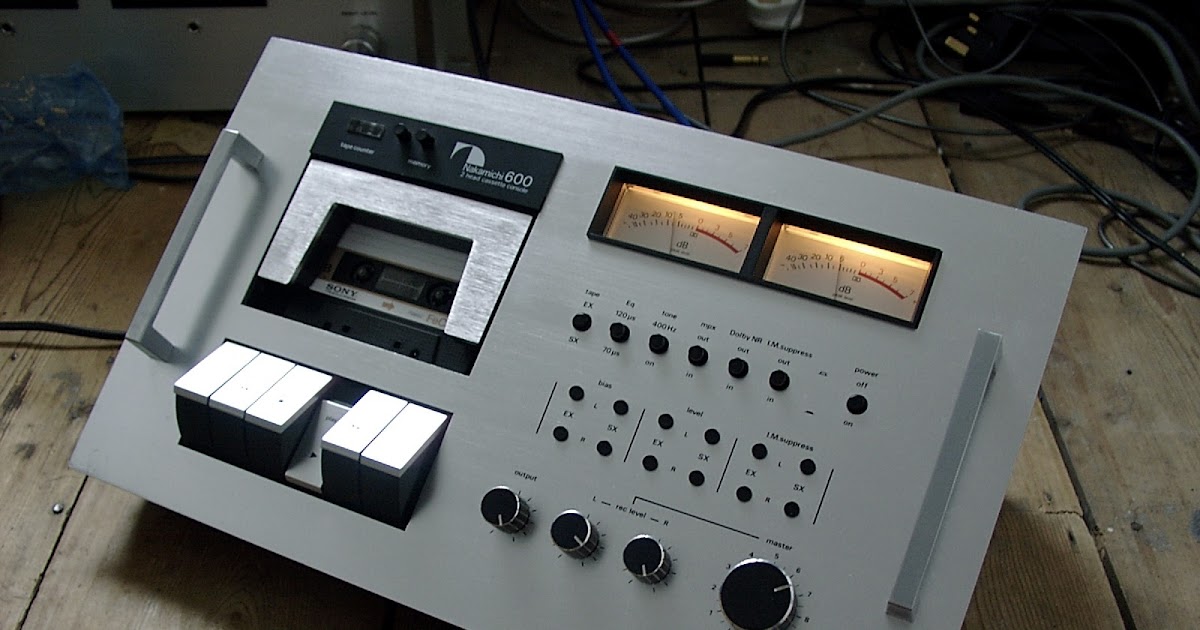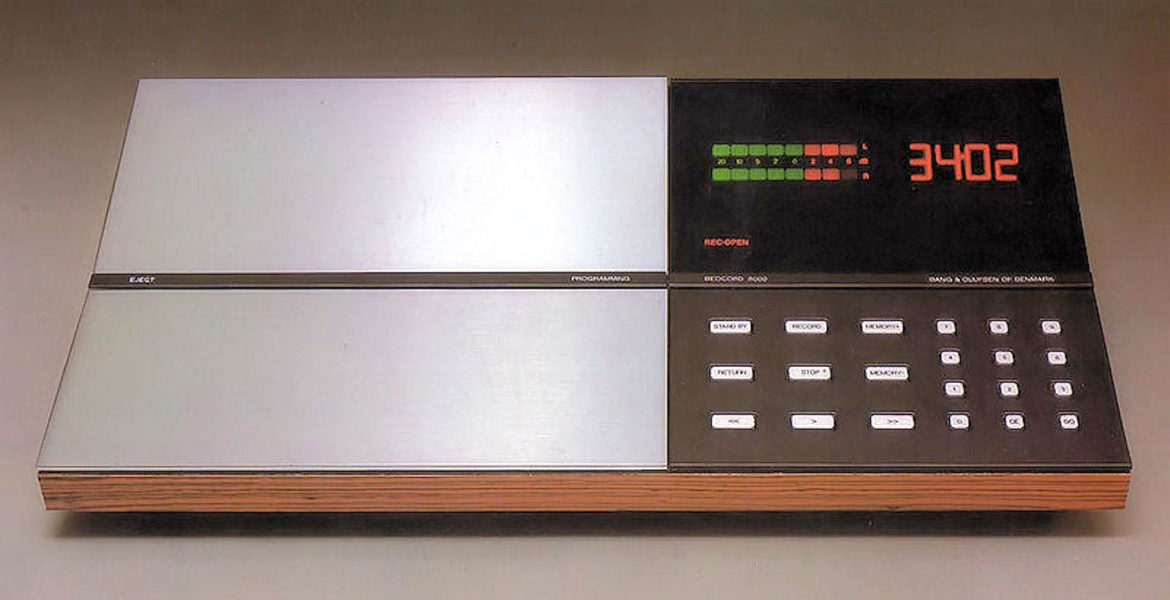The late 1970s were a hectic period for mass market hi-fi; things were moving at such a breakneck pace that many Japanese manufacturers battled to keep up. As a result of this state of affairs, a lot of eccentric models like this were almost obsolete before they were launched – or, at the very least, before they reached the UK market…
Aiwa was a well-known manufacturer of high-quality cassette decks, which were available in top-loading format until 1975, as was the fashion at the time. Front loaders, on the other hand, had become the norm by 1976, as ‘rack systems,’ with their acres of gleaming brushed aluminium, became the fashion. What was Aiwa doing, releasing a whole new ski-slope design that would have been the height of vogue in, oh, 1974!
The AD-1250, known in Japan as the AD-4200, is based on Sony’s entry-level TC-118SD and employs a number of Sony components, which isn’t a terrible thing. This necessitates a solid basic frequency generator servo motor with belt drive and a large enough flywheel. Aiwa Ferrite Guard Heads (FGH) are employed, which are a version on Sony’s F&F heads and are quite durable, however they lack the high frequency performance of the later Sendust heads that were required when metal tape arrived a year or so later. With a 20% bias adjustment, the deck included Ferric, FerriChrome, and Chromium Bias and EQ positions. This was unusual and exotic at the time, as did the peak LED, which was useful given the slow ballistics of the pretty lousy VU meters! A variable output level control was installed at the back, but that was about the extent of the Aiwa’s amenities.
With a huge slab of brushed aluminium covering the control panel, it looked wonderful (albeit no longer fashionable), but the case was disappointingly thin, painted plastic – had this been metal, the Aiwa would have been one of the most beautiful tape players ever manufactured. The plastic piano-style transport keys were another disappointment, since they felt cheap and reduced the tone a little too much. A hinged dustcover was also available, which appears to be standard on all decks these days. In the UK, the Recommended Retail Price was £150 at the time, but by 1978, it had been reduced to roughly £115 through retailers such as Comet.
The AD-1250 is good, but not great, in terms of sound. It’s relatively simple to set up, operates smoothly, and has a reasonably wide frequency range, especially when using Chrome tape. It’s sharp, punchy, and enjoyable to listen to, but it’s no Nakamichi CR-7E; apparently, this is a lower-mid-priced design that received positive reviews but isn’t a massive killer. They sell for anything from £10 to £150 now days, depending on wear and condition. So it’s a good gadget, but not quite as unique as its appearance suggests.






